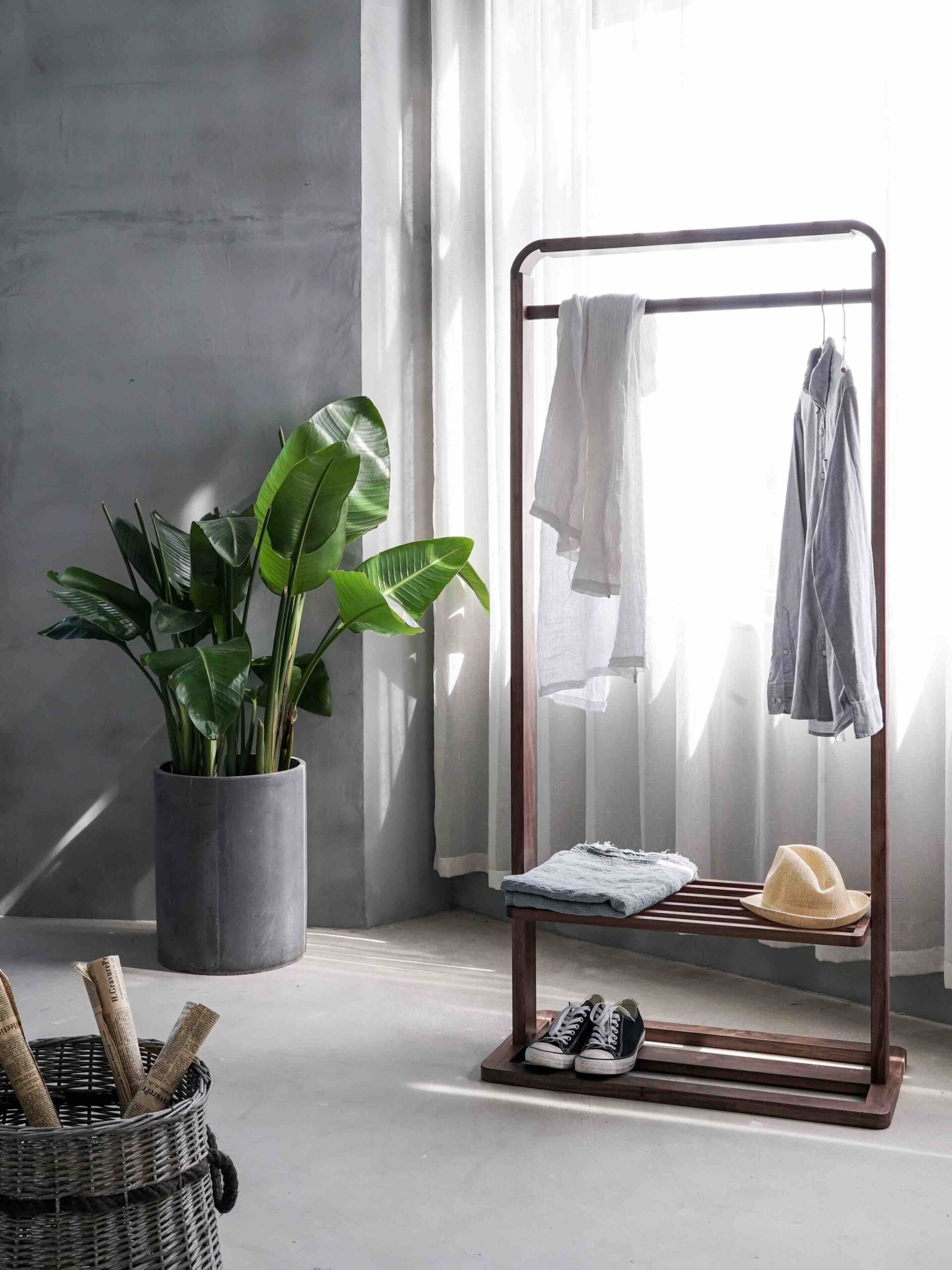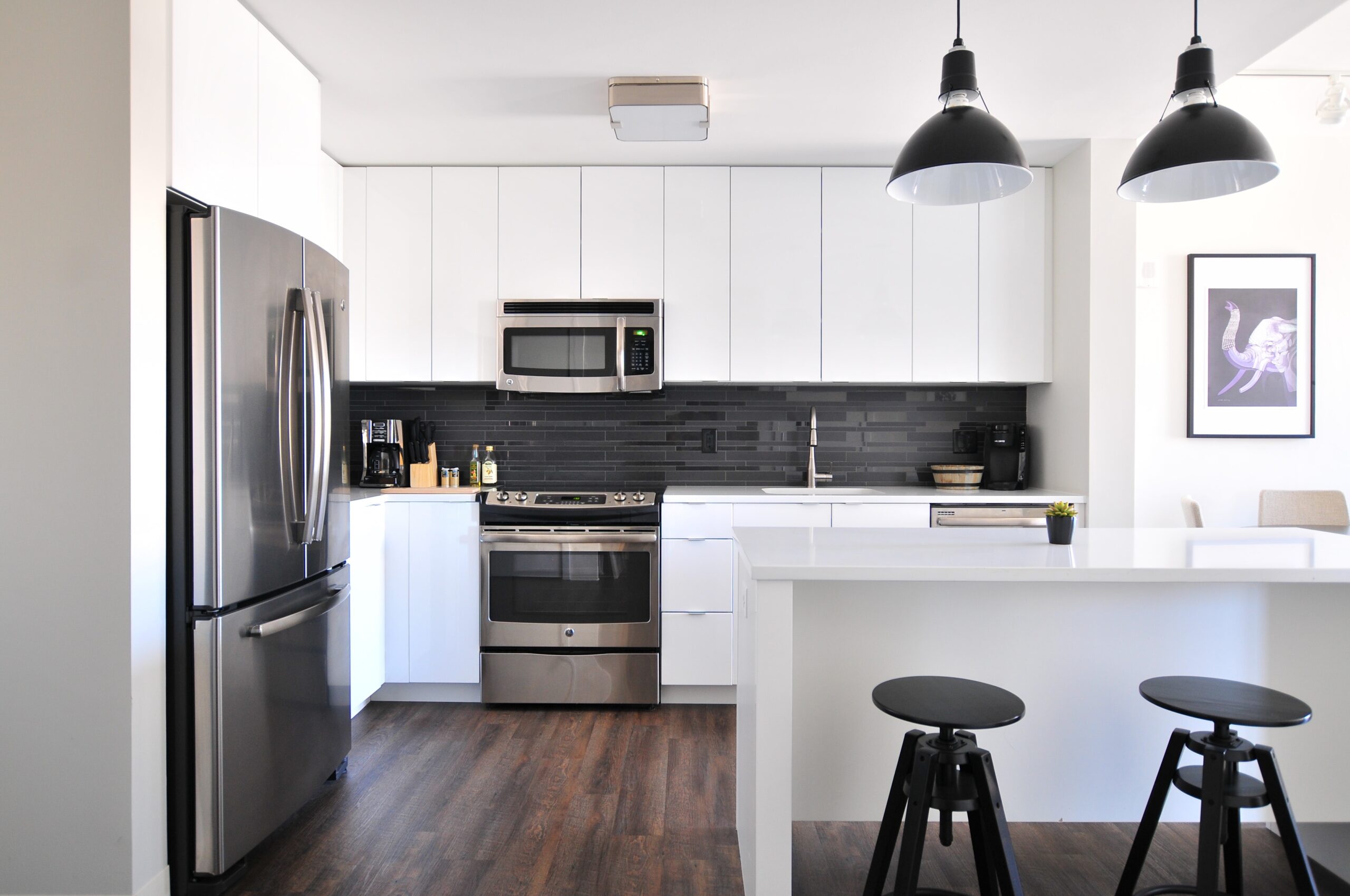Introduction
When it comes to interior design, furniture plays a vital role in creating functional and aesthetically pleasing spaces. While interior design encompasses various elements such as color schemes, lighting, and accessories, furniture is undoubtedly one of the key components that can transform a room into a beautiful and inviting space.
The Functionality of Furniture
Furniture serves a practical purpose in interior design by providing comfort, storage, and functionality. Each piece of furniture is carefully selected and placed to optimize the use of space and improve the overall flow of the room. Whether it’s a sofa, dining table, or a bed, furniture is chosen based on the specific needs and activities that will take place in the room.
The Aesthetics of Furniture
While functionality is essential, furniture also contributes to the visual appeal of a space. The style, design, and materials of furniture can greatly influence the overall look and feel of a room. From modern and minimalist to traditional and ornate, furniture choices can reflect a homeowner’s personal taste and create a specific ambiance.
Furniture as a Focal Point
In many cases, furniture can serve as a focal point in interior design. A statement piece, such as a unique sofa or a striking dining table, can become the centerpiece of a room and set the tone for the entire space. By carefully selecting and positioning furniture, designers can draw attention to specific areas and create a sense of balance and harmony.
Creating a Cohesive Design
Interior designers consider furniture as an integral part of the overall design concept. They take into account the existing architectural elements, color palette, and desired style to select furniture pieces that complement and enhance the space. By ensuring that furniture aligns with the overall design theme, designers create a cohesive and harmonious environment.
Choosing the Right Furniture
When selecting furniture for a room, several factors come into play. The size and scale of the furniture should be appropriate for the space to maintain a balanced and proportionate look. Additionally, the material and color of the furniture should harmonize with the room’s color scheme and existing decor. Comfort and durability are also important considerations to ensure that the furniture meets the needs of the occupants.
Conclusion
In conclusion, furniture is an essential component of interior design. It not only provides functionality and comfort but also contributes to the overall aesthetics and ambiance of a space. Whether it’s a statement piece or a carefully curated collection, furniture plays a crucial role in creating inviting and visually appealing interiors.

